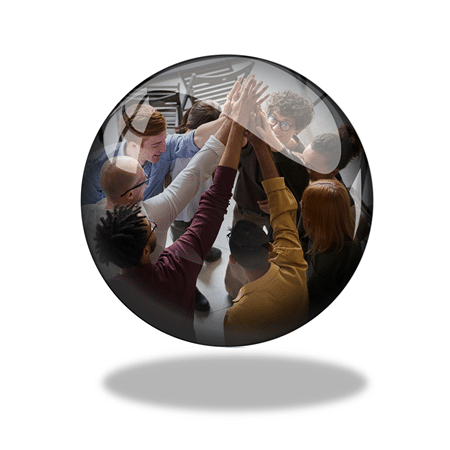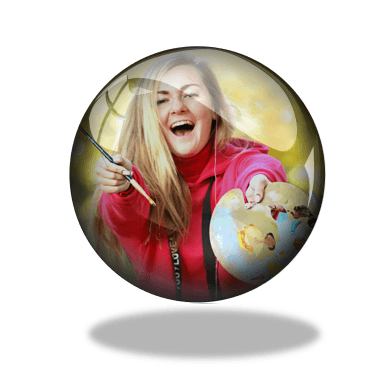Well designed meetings are a vital and powerful tool for transforming the negative effects of stress into positive energy and excitement
– – – – – – – – – – – – – – – – – – – –
Is stress inevitable?
Challenges are always present. They are what provide us opportunities to add value, to pull together, and to shine. It is challenges that provide us with learning and fulfilment and rewards. But they also involve stress.
So how do we prepare our people to work with that stress so that it doesn’t adversely affect mental health at work? In other words, how do we equip them to use it as a motivator, and not be overwhelmed by it? And how do we ensure the stress is a positive influence and not a negative one.
The need for better meeting design
Typically, the biggest factors in how our people approach challenges depends upon:
- Their understanding of the challenge and its context
- Their skills, capabilities and confidence to rise to that challenge
- The level of support they can expect in tacking the most difficult bits
- The sense of purpose and meaning the challenge has for them
- The insight, ideas and creativity that they can bring to the challenge
- Their attitude and beliefs about themselves and their team in relation to the challenge
- The appreciation and acceptance they feel in tackling the challenge
Greater levels of these things help reduce stress. But where the levels are low, stress grows, and has a negative impact on mental health at work.
So how do we deliver these factors to the individuals who are tackling the challenge? The answer to that is most likely the meetings that take place around the challenge. Big meetings, small meetings, one-on-ones. To good effect or bad.
The greater the positive influence of these things, the greater the likelihood of success, and the more the challenge seems like an adventure. But if these things are missing, or badly handled, the challenge can seem overwhelming. As a result, its impact on us and the organisation can be damaging.
Meetings are key. However, this is somewhat of an irony, because many of us don’t see meetings in that light.
Meeting stress

There is overwhelming anecdotal evidence that people see meetings as an obstacle rather than an enabler. All too often, and for too many people, meetings seem (and perhaps have become) a distraction to simply getting on with their work.
Instead of meetings being a means to handle and reduce stress through the means defined above, people find that many meetings add further stress. And this meeting stress is totally unnecessary, and the result of lack of meeting design. Such meeting stress is a major cause of issues in mental health at work.
And there is good reason for this. We have somehow lost sight that the value of a meeting is the difference it makes to those who attend it. We couch meeting objectives in terms of inanimate deliverables. But the only thing a meeting CAN change is how people act as a result of it. All that it can do effectively are deliver the bullet points above.
the value of a meeting is the difference it makes to those who attend it
A decision is sterile and impotent without the understanding and commitment of those required to effect it. The fact is, if your people do not need to change, even in a small way, then you don’t need a meeting. And if they do need to change, then that is what the meeting needs to deliver. The content is simply a means to achieve that. In a well-designed meeting, the people do not so much work on the content, as the content works on the people.
We need to begin to see meetings as a means to change people to what they need to proceed. Then we will start to design meetings as journeys in which we address what is missing (from the bulleted list). Our objectives would reflect skills, attitudes and shared understanding. And people would not only see their value, they would eagerly engage with them to play their part in that journey.
The value of your meetings depends not only on the journey, but the extent to which people engage with that journey. Their adoption of what is needed is much more likely if they are actively involved in developing it. For that reason, your meeting (especially if it is virtual) should use
participative tools wherever possible.
Steps to better meeting design
So for your meeting design, here are some practical things to think about:
- Do you know what they need in respect of the above bullets? If not, can you talk to them to find out?
- How much of what is required can be delivered through interaction with their colleagues in a well designed meeting?
- What did they feel about the last meeting in this regard, and why? Can you raise the bar for this one?
- How will you use participation to build personal and team ownership and support?
- How can you better engage their insight, ideas and creativity in the plans that you want to build?
- Where can you authentically express your appreciation and acceptance for what they have achieved already?
expectations on people are not getting any easier
The expectations on people are not getting any easier. The challenges to which we refer are increasingly frequent, perhaps even daily, occurrences. Better meeting design is all about systematically rethinking our everyday meetings until they better equip people for those everyday challenges. If people in our organisations do not like meetings, it is a very clear indication that they are poorly designed. And if they are poorly designed, we are handicapping ourselves and our people in a competitive race for the future.
Share this on Linkedin – | Follow Culturistics insights on Linkedin –
Relevant Links:
 There is overwhelming anecdotal evidence that people see meetings as an obstacle rather than an enabler. All too often, and for too many people, meetings seem (and perhaps have become) a distraction to simply getting on with their work.
There is overwhelming anecdotal evidence that people see meetings as an obstacle rather than an enabler. All too often, and for too many people, meetings seem (and perhaps have become) a distraction to simply getting on with their work.










